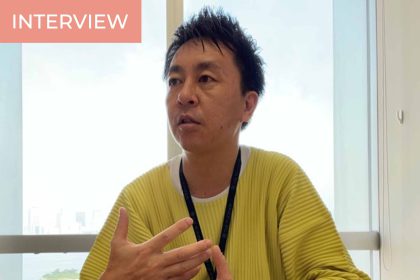Takashi Suzuki is an assistant professor at Kagoshima University and a former project researcher at the University of Tokyo. Now a specialist in marine life and fisheries, he was a student on the Iwate Prefecture campus of Kitasato University student when the 2011 Great East Japan earthquake happened. Since then, he has been devoting his studies and activities to helping the fishing industry and the Tohoku area of Japan.
Experiencing the 2011 Great Earthquake Disaster
Local people had treated me so well, I wanted to do something to help them after the disaster.
Doctor Suzuki, you are a researcher in agricultural and life sciences at Tokyo University. What does it consist of?
I am part of the Agricultural and Life Sciences Department at Tokyo University. Still, my field of research is the fishing industry. For example, I study the feelings of the consumers who buy fish.
After the 2011 Great East Japan Earthquake, fish from the Tohoku area of Japan became harder to sell. It has always been a great fish-producing area. I have been involved with it since then.
What is your original bond with this area?
In 2011, I was a student at the School of Marine Biosciences at Kitasato University. I liked marine creatures and was happy to study the basics of marine life. When I was a first-year student, I studied in the Sagamihara Campus, the main one, in Kanagawa Prefecture. Usually, second- and third-year students as well as graduate students joined the campus in Ofunato City in Iwate Prefecture. So I joined this campus, too, in 2010 as a second-year student. The disaster happened after I had lived there for a year.
Local people had treated me so well; I wanted to do something to help them after the disaster. So I did some volunteer work, but I also wanted to do something through the university. That is how I ended up doing research.
Could you please tell us your personal experience of the disaster?
It was the spring holidays for the university. My parents lived in Tokyo, so I went back to Tokyo 10 days before the disaster. The disaster happened just when I was considering going back to Iwate because I started to get bored in Tokyo.
The area I used to live in was just an empty field. There was nothing left.
On March 11th, I had the experience of an enormous earthquake in Tokyo. Just after it, I did not fully grasp what had happened… until two or three days later. I was watching TV. They showed a video of the exact moment the tsunami destroyed the area I was living in. Then I realized how damaged my place had been. Until then, I had exchanged messages with friends on my mobile phone, and we only thought we would probably have to clean some mud. But our apartments had been completely carried away by the wave.
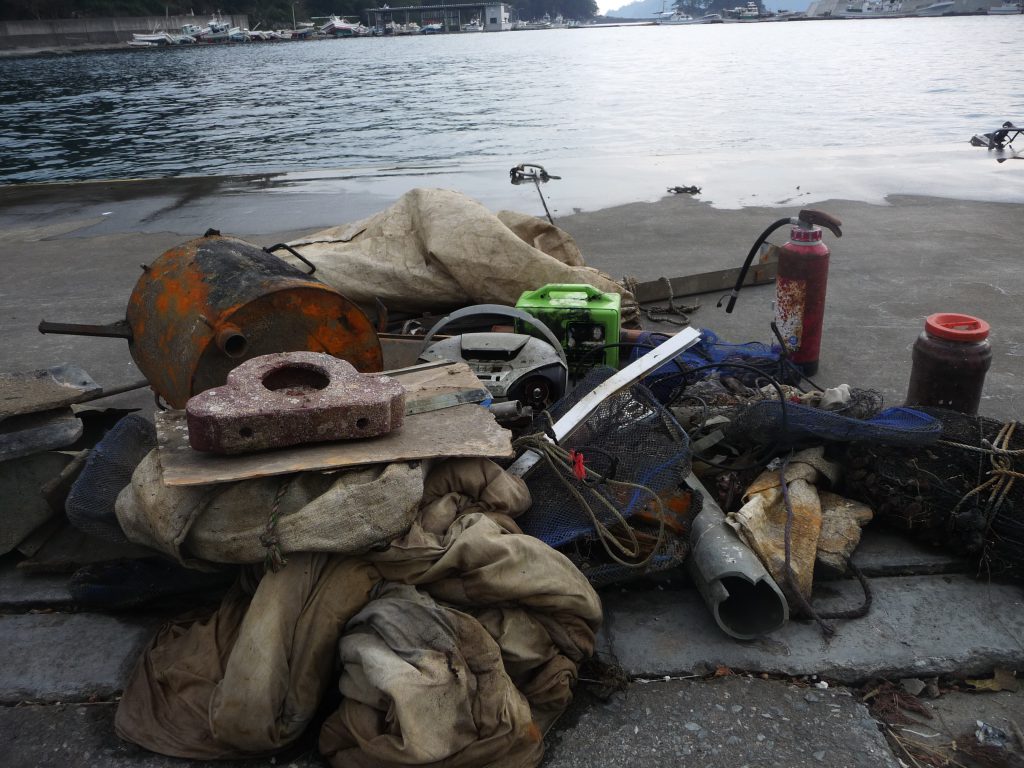
The university could not resume classes for some time. It was in a situation of damage. About 500 students were on the campus, and about half of them had remained in Iwate during the holidays. And more than half had lost their accommodation. The university was busy assessing the situation, and the classes started again around May or June, on the Sagamihara Campus.
I only came back to the disaster area in August. The university did not want us to return because it was too dangerous. Local people were not able to live in normal conditions yet. Even if we had been there, there was no place for us to stay. And when I finally came back in August, the area I used to live in was just an empty field. There was nothing left.
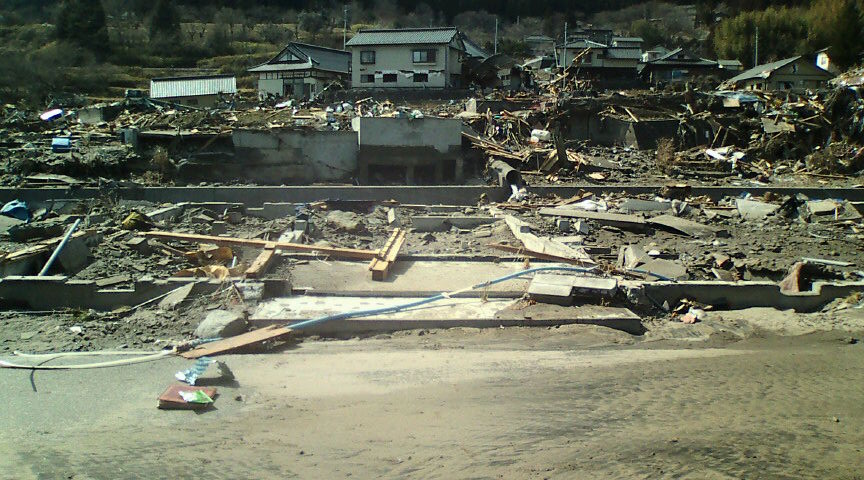
Understanding the Consumers to Help the Fishing Industry
After going through this, I guess it felt natural to want to help the local area. What form did this help first take?
2011 was the year I went from a second-year student to a third-year student [in Japan, the school year starts in April]. In 2012, I became a fourth-year student, so I had to write my graduation thesis. I wanted to write something about the Tohoku fish industry and the area impacted by the disaster. Of course, I could be a volunteer. Still, since I had to write that graduation thesis, I wanted to use it as an opportunity to do something more while being at the university. I started reading all sorts of newspapers to learn about the situation of the Tohoku fish industry. At the time, I had no experience studying fishery or economy, and it was a brand new field for me. Also, my department had just moved to the Sagamihara Campus, and there was no research space.
Until 2013, marine life students were authorized to go to other universities to write their graduation thesis. The Japanese Society of Fisheries Science asked universities with departments related to the fishing industry to welcome students who needed to do research. The Kitasato University School of Marine Biosciences focused on sea creatures, so it was impossible to talk about economics, marketing, or consumers. I asked my supervisor for advice, and he directed me to the department I am now in at Tokyo University. He told me the teachers here were studying disaster reconstruction and sociology. So, I have been receiving favors from the University of Tokyo since 2012. That is how I started researching in this field of study.
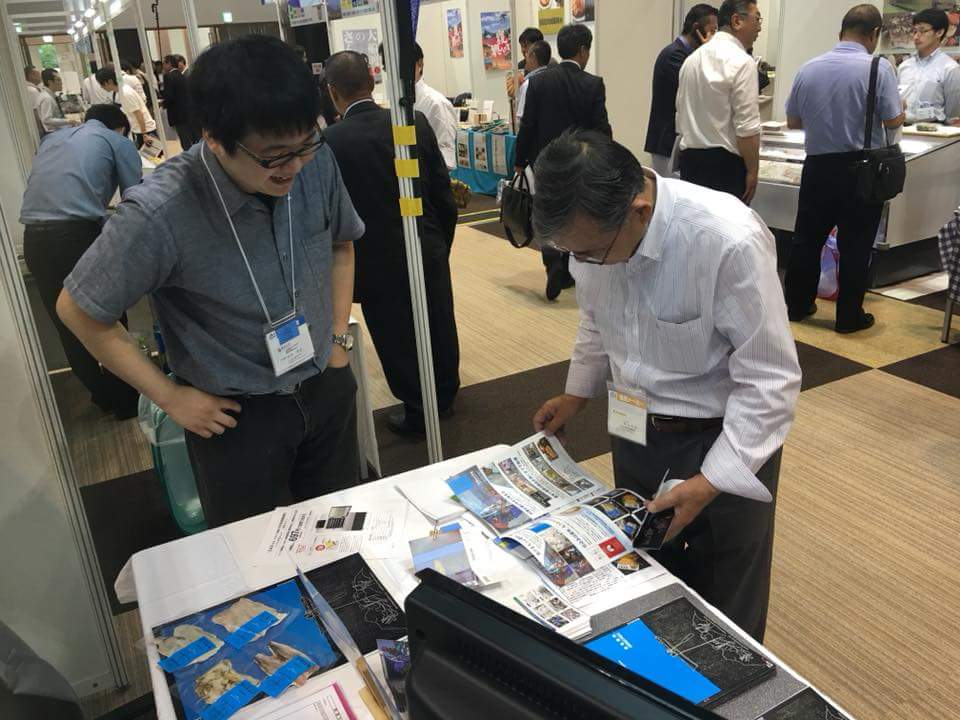
The further people are from a disaster, the less they can evaluate the situation, and the more they tend to be suspicious.
What research have you done so far to support the Tohoku area?
The one I have been conducting for the longest time is about how consumers have been thinking about sea products from the Tohoku area since the disaster. Tohoku has always been a big fish production area. Its products still have a reputation for being excellent and fresh. However, after the Fukushima Daiichi nuclear power plant accident, people started being worried about radioactivity. Some of them did not want to buy these products anymore. People in Osaka were more concerned about radioactivity than people in Tokyo. The reason why is that when such a disaster happens, the further people are from it, the less they can evaluate the situation, and the more they tend to be suspicious. On the other hand, some people were willing to buy them to be supportive because it helped the Tohoku area revive.
This research on the evolution of the consumers’ feelings was a long-time project. I did a study right after the disaster, then another one in 2015, and the last one in 2018. Last year, I presented my research results at the meeting of the Fukushima Prefectural Federation of Fisheries Cooperative Associations.
During my presentation, I explained that after the disaster, the promotion of local products encouraged people to buy them to help the area, but it became weaker after some time. The taste and freshness had become the best arguments again because it is what people usually have in mind when they buy fish.
Presenting this information seemed to be a great help for the local industry. People at the meeting thanked me, telling me it gave them more clarity and understood what the consumers had in mind. I was pleased that my research had proved useful to them.
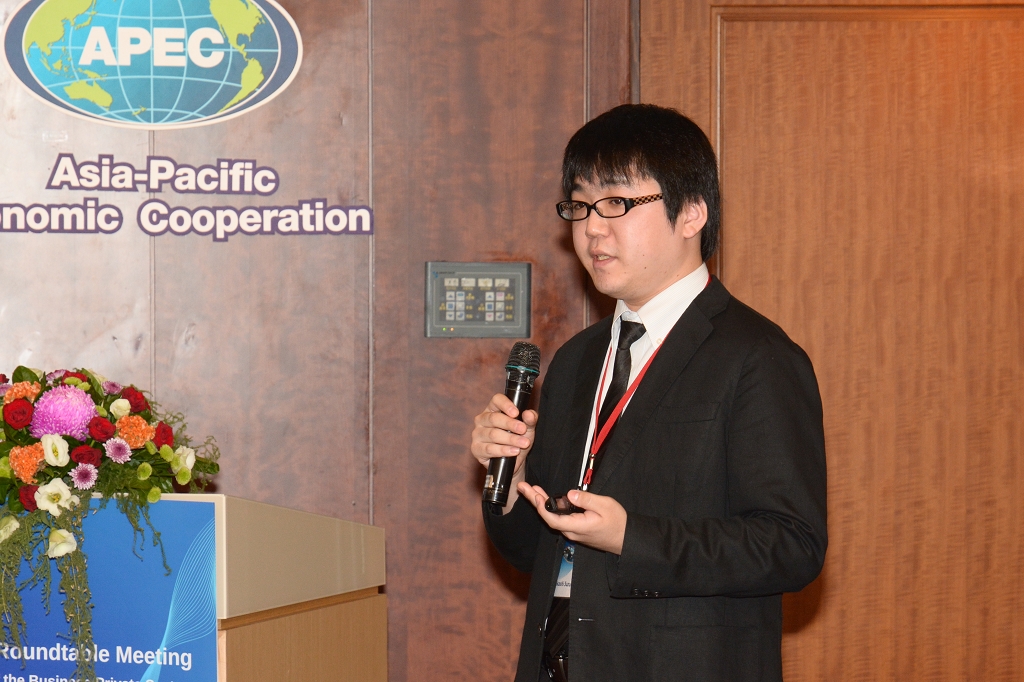
What was the situation of the Japanese fishing industry before and after the disaster?
The Japanese fishing industry had been facing many problems even before the disaster. In the minds of young Japanese people, it is an old job people in the countryside do. Young people do not want to do it. Since it is in the country, they are worried whether or not there is a school for their children, and they find life there inconvenient because you need a car. So, the fishing industry is aging, and it is hard to find people who want to take succession.
Also, consumers have changed their ways of thinking. Japanese people used to eat more fish than meat. However, between 2009 and 2011, this situation had reversed completely, and it had already become harder to sell fish. So, even before the disaster, people said it was hard to profit in the fishing industry.
When Tohoku fishing industries were able to work again, they did not have places to sell their products anymore.
After the disaster, the main problem was the radioactivity, especially for Fukushima Prefecture because they could not sell fish. The radioactivity in some part of the sea was too high, and fishing was not allowed for some time. Miyagi Prefecture and Iwate Prefecture did not suffer much from radioactivity, which exceeded the authorized levels only a few times. But of course, the consumers were suspicious because the areas looked close to each other. People do not know how the local sea currents work. As a result, products from the whole Tohoku area were perceived negatively.
Products like wakame seaweed or coho salmon have seen their prices drop. Even food processing companies refused Tohoku products, saying the consumers were too worried about eating them. The same happened with retailers For example, supermarkets started selling Korean wakame instead of local ones. All the usual sales channels became unavailable. So, the country gave a lot of money so that the local fishing industries could be reconstructed. Still, when they were able to work again, they did not have places to sell their products anymore.
Are Tohoku Marine Products Radioactive?
Are the consumers still worried about radioactivity in Tohoku marine products?
In the last study I did in 2018, the consumers were not so worried about radioactivity anymore. They also were not as sensitive to reconstruction as they used to be. They are not as conscious of the disaster, and they care more about the quality of the products.
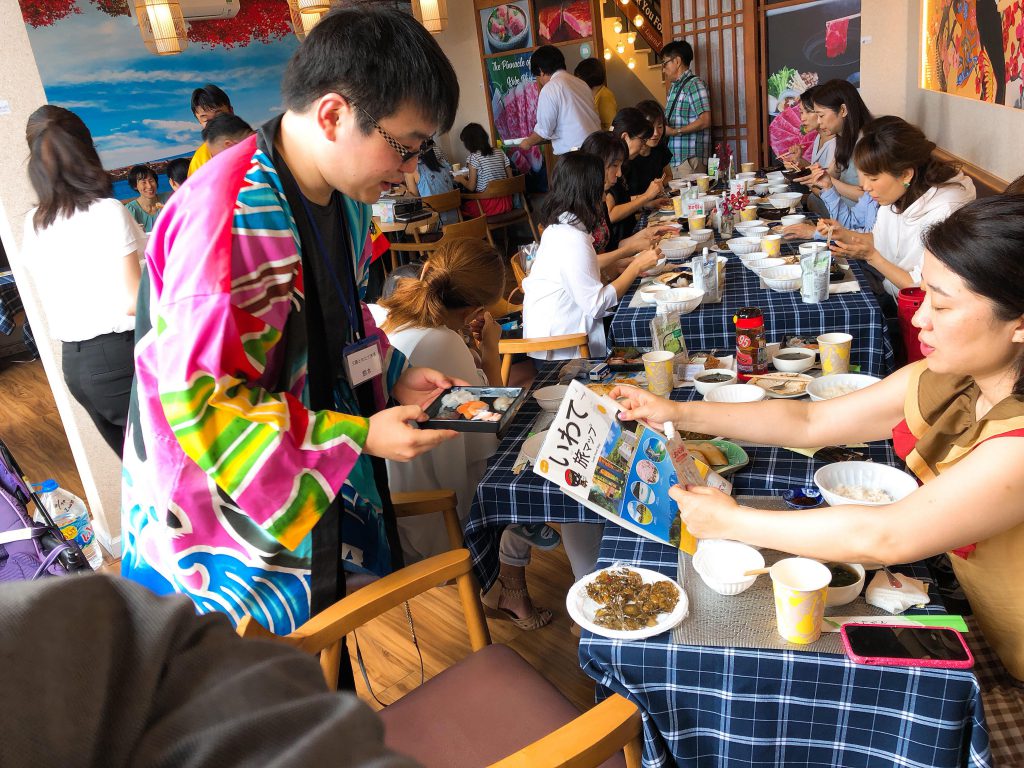
After the disaster, people outside of Japan started avoiding Japanese products and Japanese restaurants because of the fear of radioactivity. Maybe some of them are still worried about the marine products from the Tohoku area.
After the disaster, studies compared how foreign consumers and Japanese consumers felt about the subject. They have shown that people outside of Japan were even more worried about radioactivity than Japanese people. After the disaster, several countries imposed strict limitations regarding the importation of products from Tohoku, especially food.
In 2017, I studied for two months in Taiwan, one of the countries that had forbidden importing Japanese marine products. Taiwanese people are very conscious of their health and what they eat. They tend to prefer organic products, for example. In 2017, local retailers told me that it was impossible to sell Japanese marine products. Their customers would complain.
The fish from Fukushima are becoming the most strictly controlled in the whole world. You can eat them without any worries.
Outside of Japan, the name “Fukushima” itself triggers fears of radioactivity. What is the actual situation regarding the radioactivity of Tohoku marine products today?
Fukushima fishers have been checking the radioactivity levels in the marine products and radioactive animals’ rate with the help of the administration and research institutes. Looking at the current results, eating local marine products is perfectly safe. The concentration rates have dropped significantly. Fish that exceed the national radioactive standards are almost nonexistent.
Furthermore, the Japanese standards regarding radioactivity are even more severe than the international ones. On top of this, Fukushima fishers have decided to sell only the fish under 50% of the Japanese maximum rate! Sometimes, fishers catch fish that exceed Japanese radioactivity standards, but are still considered okay under international standards.
I understand people’s concerns outside of Japan, so I would like to say that the fish from Fukushima are becoming the most strictly controlled in the whole world. You can eat them without any worries.
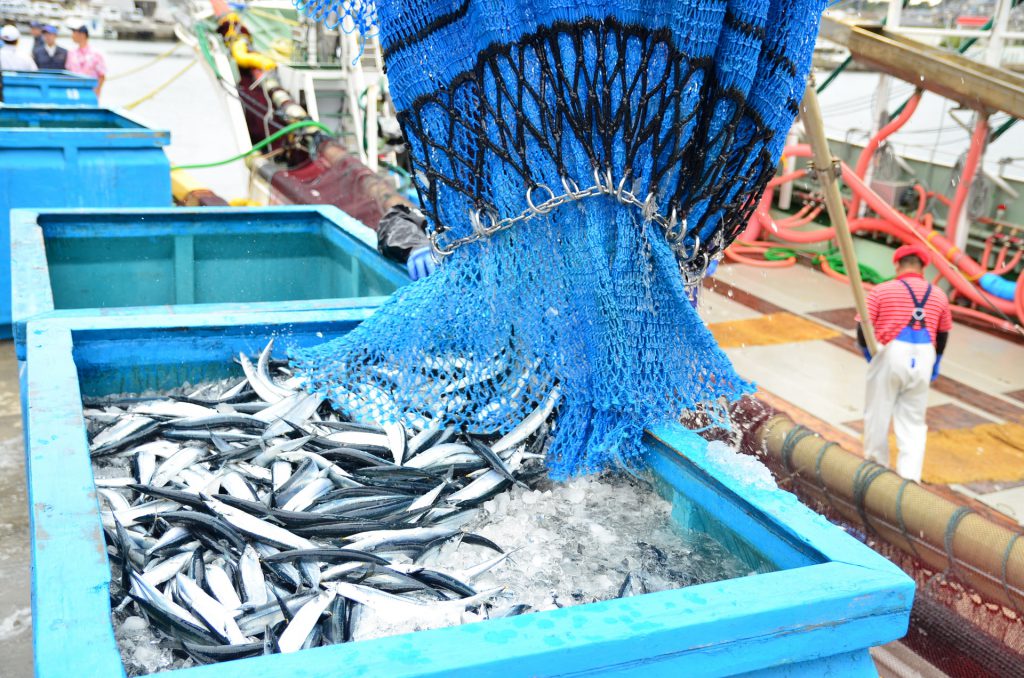
福島県 小名浜 サンマ水揚げ (Catching pacific saury in Onahama, Fukushima), ©SQZ, Creative Commons Attribution 4.0 International License
Bouncing Forward
Overcoming a disaster can be an opportunity to ‘bounce forward’ and go further than mere recovery.
After the disaster, slogans like “Gambarou Nippon!” [Hang in there, Japan] and keywords like “kizuna” [bondings] were used all over Japan to show support to the Tohoku area. In your experience, what was the locals’ sentiment about these?
Naturally, there were pros and cons. Some people were grateful for these slogans because they encouraged people to buy products from the area or visit Tohoku. But some people also felt it reduced them to “the people from a disaster area” or “pitiful people,” and they did not like that. They also resented being called a “disaster area” forever. Even when the shops opened again, when fish could be fished again, when the area was reconstructed and revived, people from outside would keep saying, “You must have such a hard time in the disaster area.” There were mixed feelings about being told continuously, “Gambarou Nippon” or “Gambarou Tohoku.” Volunteers coming to Tokyo to promote the Tohoku area would often be presented as “coming from the Fukushima disaster area.” Still, they would prefer the terms “from the reconstructed area.” People in Tohoku are moving forward, but slogans like “Gambarou Nippon” bring people’s minds back to the situation just after the disaster.
-1024x768.jpg)
Apart from your research, what other activities have you been doing to support Tohoku?
I have done talks about the disaster, too. In 2012, Tokyo University organized a summer seminar in Japan with the University of Rhode Island. It took place where I used to live in the disaster area of Ofunato in Iwate Prefecture. With the Tokyo and Rhode Island students, we went to the places where debris from the tsunami remained, and we thought about reviving the area. Since I lived there, the teachers asked me not only to participate but also to plan the event. That was a good experience in transmitting information about the disaster.
Nowadays, what are the positive developments in Tohoku?
Well, the best news is that the area has recovered. People are living in new conditions. You can come and see it if you travel to the site. Also, natural resources have healed. We can eat delicious products from Fukushima, Iwate, and Miyagi.
Another positive element is the positive way people from the fishing industries are moving forward. They had the choice between recovering or restoring the area. However, if they had chosen to merely recover, then their situation would be back to what it was before the disaster, problems included. But they have chosen the path of restoration, thinking about how they can create something new, something better than before. They are considering their industry from a new perspective.
I would like to share something I heard during the World Conference on Disaster Risk Reduction that took place in Sendai in 2015. They compared the terms “bounce back” and “bounce forward.” “Bounce back” refers to recovering, putting your energy into getting things back to how they used to be. But overcoming a disaster can be an opportunity to “bounce forward” and go further than that.
.jpg)
A fish processing company I helped in Ofunato is a good example. Before the disaster, they put the fish they had just caught on internet auctions while still on the boat. The buyers could receive the fish the same evening in Tokyo. After the disaster, relying on freshness was not enough to sell the fish anymore. So, after considering the restaurants’ chefs’ needs, they decided to employ the fishermen’s wives and make them cut the fish into sashimi. Then, they put it in 50-gram packages and use a unique way to freeze them. Until now, it was not possible to freeze sashimi because fish gets waterlogged when you defrost it, and they become dry. But they collaborated with a freezing company from outside of Tohoku to provide a new kind of service. Now, they send their fish to restaurants, ordinary people, and also export their products.
The fishing industry now also cares about explaining to people from the outside what their jobs are about. It is something they were not doing before. Now, if you go to the market where fish auctions occur, you will find a showroom, and there are even guides to show you around. People in reconstructed areas are more open to receiving visitors than they used to be; they are willing to integrate them as a part of their daily lives.
The best way to support Tohoku is to become friends with its people.
Many of our readers live outside of Japan, hoping to visit Japan or revisit Japan soon. What can they do now to support Tohoku, and what can they do when they come to Japan?
Speaking concretely, there is not much need for volunteers anymore. One way to help is to buy products coming from Tohoku if you can. It is always good to have a look at the provenance of the products you buy.
And when you go on a trip to Japan, look at the area’s information and do not hesitate to travel there. People in Tohoku normally cannot speak English yet, but they do their best to accommodate travelers with translation devices! If people could go there, grow to like the place, and become fans of the area, it would be a significant help.

福島県 雪降る大内宿 (Fukushima’s Ouchi-juku under the falling snow),©Koichi_Hayakawa, Creative Commons Attribution 4.0 International License
If you stay in a traditional inn and become friends with the owners, you create a bond that will endure even after you go back to your country. Then you can ask your new friends for recommendations when you want to buy something Japanese. I think the best way to support Tohoku is to become friends with its people.
I have recently interviewed anthropologist Ko Hayakawa, a researcher in community development. He said the same thing.—that the best way to support local communities is to create bonds with them.
I’m glad we agree [laughs]. The most powerful tool is not marketing or promotion; it is the real experience and encounters you have in a specific area.
That is true for me, too. If I had not lived in Tohoku for a year and benefited from the local people’s generous hospitality, I would not have become a researcher in this field.
We, Too, Can Support Others
The Japanese are famous for their resilience in the face of tragic and challenging events, and Doctor Suzuki and the Tohoku fisheries he supports are no exception. I was amazed at the motivation the locals show in reconstructing something better than before. Despite the extreme events, they found the strength to say goodbye to the old and create a better new. We must adapt to a “new normal” we did not ask for in these challenging times. This spirit encourages us to imagine a brighter future.
Talking with Doctor Suzuki has also reminded me that support can take various forms. When a disaster happens, donating money and volunteering to bring food or build houses back are probably some of the first things that come to mind. However, in the longer term, people from the reconstructing areas face all sorts of problems, sometimes unexpected, that call for various kinds of help.
Doctor Suzuki’s talents are research and understanding people. Like him, we all have our gifts and our specificities, even though we may not immediately see how they can be useful. Research shows that helping others improves our mental health. So, what can you do?




